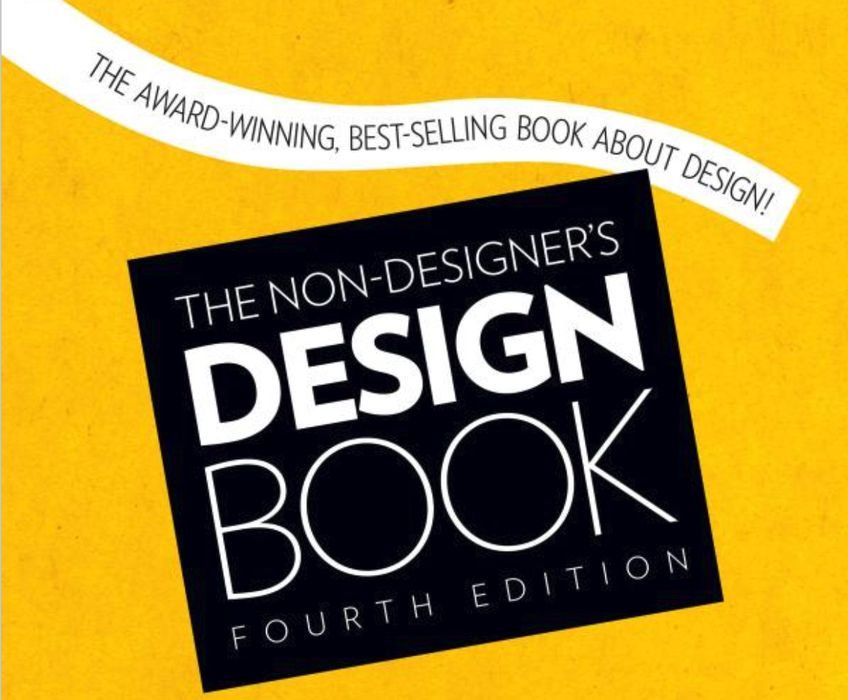
This week’s selection is “The Non-Designer’s Design Book” by Robin Williams.
Design is an essential part of the creation process, yet it’s often misunderstood.
Machines designed using 3D printed parts is a frequent activity for Fabbaloo readers, and while these machines might “do” what they are intended to do, the question is, are they “designed” as well.
I’m not referring to technical design. I’m instead referring to the aesthetic design.
That’s an aspect of design that is often unfamiliar to technical folks, and I see the results of this frequently in material, interfaces and other aspects of otherwise excellent creations.
You can’t be an expert in everything, and that’s why projects usually require three roles: a hacker to figure out the technical stuff, a hustler to sell it, and a hipster to ensure it’s “good”. These are all very different skills that almost always cannot be all found in a single individual.
Don’t believe me? Perhaps you don’t but I suggest you take a look at this book, which introduces the major concepts of aesthetic design to non-designers.
In a way, this book is a kind of introduction to graphic design, but its approaches are absolutely useful in most serious build projects, where documentation, logos, color choices and other aspects must be decided.
The book will teach you:
- The four principles of design that underlie every design project
- How to design with color
- How to design with type
- How to combine typefaces for maximum effect
- How to see and think like a professional designer
Those are incredibly valuable skills for any technically-oriented person to know. Even if not doing the graphic design, the skills will permit communication with those who do, and offer the ability to appreciate the results.
The four principles covered in the book are:
- Proximity
- Alignment
- Repetition
- Contrast
These are four different ways to consider at design, and I can’t tell you how many times I’ve seen a 3D printer that doesn’t follow them. For example, “contrast” can be easily done with colors to provoke a feeling or even provide a way to easily see something. It’s astonishing how often basic design rules are not followed in 3D print projects.
I’m hoping readers who are responsible for machine designs take a read through this book and gain an appreciation for the value of design. It’s more important that you might initially think.
We’re an Amazon Associate and earn a small fee from qualifying purchases. Help support our 3D print news service by checking out this book!
Via Amazon
